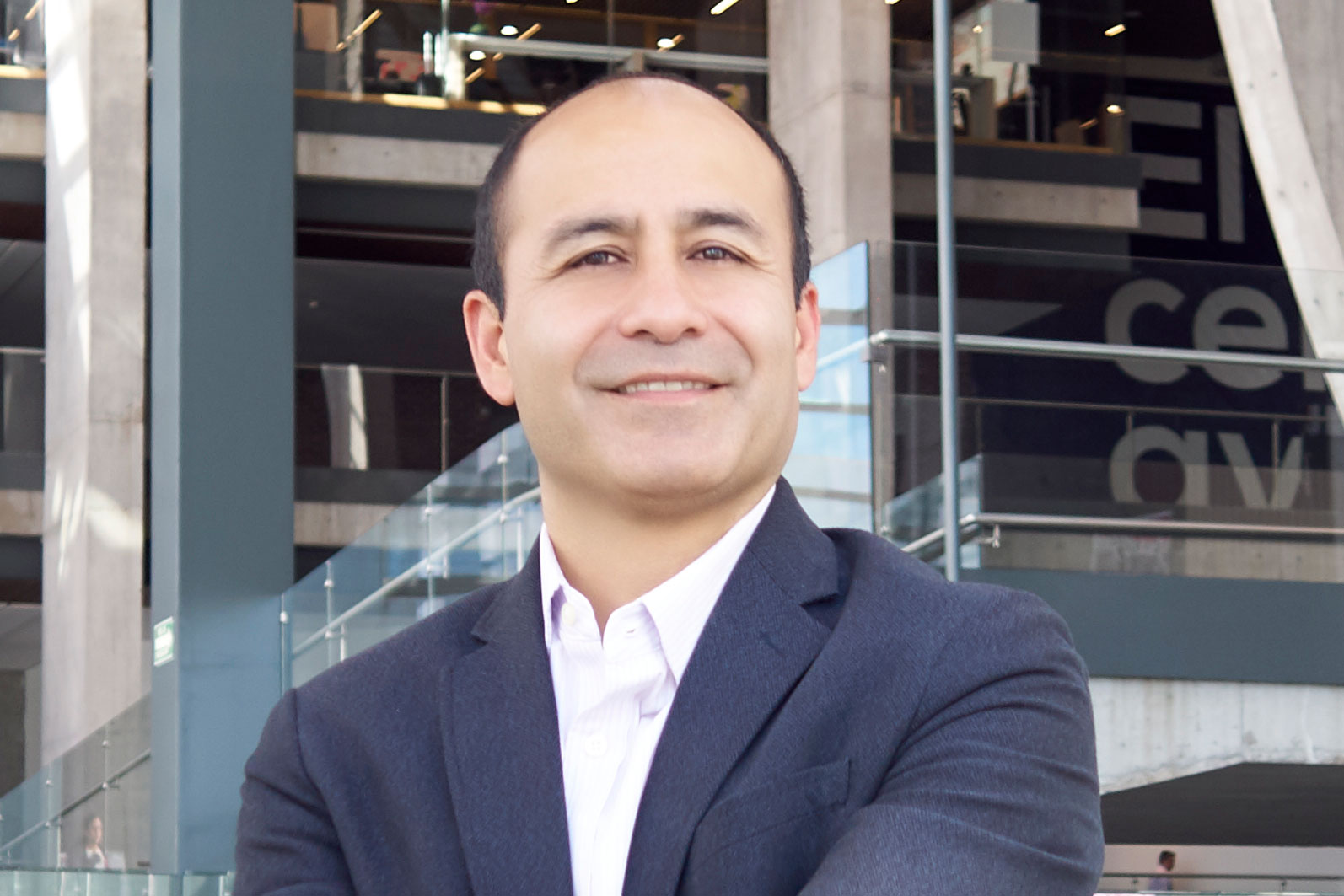The world is advancing at an impressive speed. So far this year, three hundred new unicorns, startups valued at more than a billion dollars, have come into existence. The vast majority of them are undoubtedly taking advantage of data, connectivity and the interrelation between all of us to become increasingly relevant. With 70% of the world's population having access to a cell phone and almost 50% to a smartphone, hyperconnectivity is a journey of no return.
We all use the same equation when it comes to sharing information: as long as the benefits of sharing outweigh the risks, we will always be inclined to share our data. If posting your salary on LinkedIn enables you to compare yourself with other professionals in your industry, or sharing your location with Uber or Lyft gives you better, safer service, the decision is almost immediate.
Meanwhile, we are moving from a world of ads, which we have patiently endured, to a world of subscriptions and micro-transactions. With more subscriptions to services, social networks and apps on our cell phone, the amount of data collected is growing, as are the number of associations that these applications can make.
The Internet of Things (IoT) defines the ability to add sensors and devices to everyday objects that are interconnected through the internet. Asking Alexa to play a Spotify playlist on your wireless speaker is a prime example. Spotify may suggest a song like “Eye of the Tiger” because it is connected to your smartwatch and knows you've slowed down, or because it is connected to your Waze app and can sense that you're stuck in traffic and in a bad mood.
Did you know that your weather app (The Weather Network) is associated with IBM? Why is a tech company interested in the weather? The answer is simple: 30% of businesses in the United States depend on climatic variations and, for some, a variation of weeks may mean going completely out of the market. IBM Watson has integrated such insights from millions of weather sensors to better prepare its clients for unexpected variations. If you sell coffee, you'd better make more Frappuccinos if the temperature is expected to rise. The same logic led Bayer (Monsanto) to acquire Climate, a microclimate monitoring service with which Bayer can advise farmers how much fertilizer to use according to the volume of precipitation.
Sensors placed on smart bracelets, phones and refrigerators perceive and predict behavior, generating warnings or actions in other applications. Google acquired Nest, a home electronics company, to add value for its users by integrating information obtained from such devices. Your thermostat setting information, routes on Google Maps and the products you bought using the Google assistant will end up creating a map very close to your daily behavior. A message on your smartphone will say: "The weather is great outside, maybe you don't need to have the air conditioning on."
Many cities around the world, such as Boston, offer their residents apps that allow them to detect potholes on main streets. These apps use an accelerometer to determine changes in the direction of the vehicle. If many cars show a significant change at the same place, the system sets off an alarm to generate a repair order. In the same way, you can find out in seconds how to get to a place by public transport or taxi, or on foot. The associated information is increasingly accurate: it not only lets you know which bus to take, but also how to change route if something happens, or compare Uber and Lyft prices in real time to help in your selection of transportation.
The manufacturing sector is also harnessing the potential of the IoT in production lines. A device connected to a machine can report on its status regularly, alerting to the need for maintenance and improving electrical efficiency. In addition, the transformation of physical devices into digital signals is allowing large plants to create a digital twin, a virtual replica of the plant, which enables the simulation of production line changes that were previously made physically. Moreover, we are not far from dark factory models that, as a result of these possibilities, can operate with very few people on site.
An article in The Economist recently suggested that satellite images are being used to track the private flights of company leaders and thus predict an upcoming merger or acquisition. In this case, it is not sensors that detect behavior variations, but images that, when integrated with other information, offer important insights for investors.
Whether through sensors, satellite images or what you candidly share on networks, companies have a huge opportunity to connect data and generate value. However, the lines are thin between value and the invasion of privacy. Data protection will be a growing challenge for governments and will become a demand from consumers who are increasingly aware of how their information is managed. There will definitely be new risks to face, but the Internet of Things will create more opportunities to understand clients in depth, to know them perhaps more than themselves. Very soon your apps will no longer ask you about your preferences, not because they are not interested, but because they already know them.
The author is a full-time professor at EGADE Business School.
Article originally published in Forbes.
